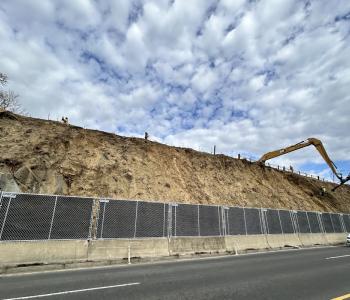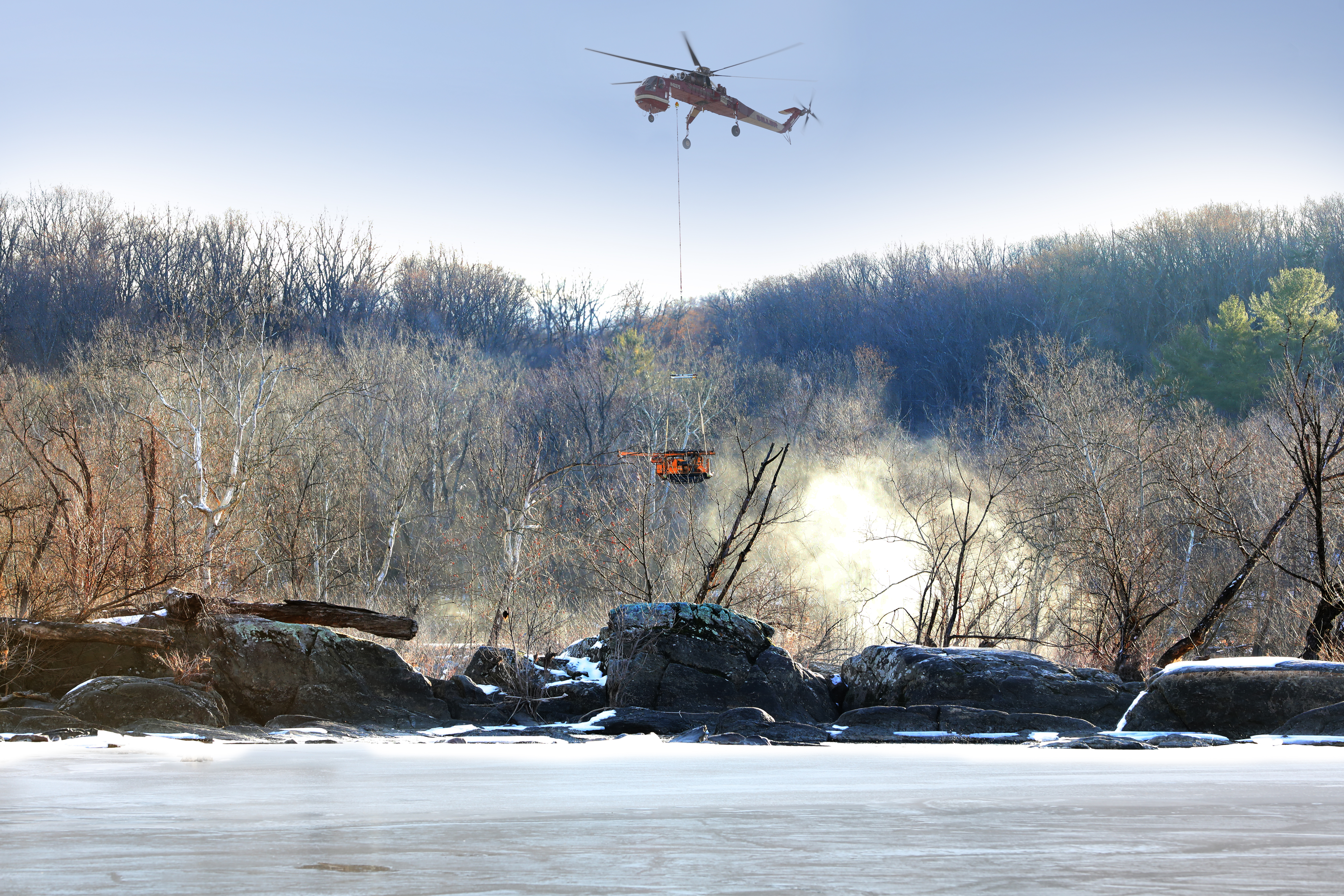Beat the Heat, But Leave Fire Hydrants Alone
As summer heats up, DC Fire and EMS and DC Water remind District residents not to open fire hydrantsthis is a dangerous practice. The water is highly pressurized and the force of it coming out of the hydrant can cause injury.
Turning on hydrants without the proper tools can damage the hydrant, its nozzle, and even the underground pipes in the water distribution system, said DC Water General Manager George S. Hawkins. Theres a significant danger especially to children, who can be knocked over from the force of the water or endangered from traffic when their water play is in the street.
Further, the high volume of water on roadways can wreak havoc with traffic. Open hydrants can also cause a drop in water pressure, affecting homes and businesses on the street, and impeding firefighting.
Fire Chief Dennis L. Rubin added, "Public safety and the well-being of the community is our highest priority. In addition to the potential for injury, opening hydrants can seriously affect our ability to fight fires. If you have a heat emergency call 911, otherwise keep cool by staying in shade or air-conditioning and drinking plenty of fluids, preferably water."
When temperatures or the heat index reach 95, residents are encouraged to seek refuge at a District swimming pool, cooling center, recreation facility or other air-conditioned building. More information, and locations, can be found at www.dc.gov or by calling 311.
Tampering with a District hydrant is a crime. To report unauthorized use of fire hydrants, please call DC Waters 24-hour Emergency Center at (202) 612-3400.
About DC Water
The District of Columbia Water and Sewer Authority (DC Water), is an industry leading multi-jurisdictional regional utility that provides drinking water, wastewater collection and treatment for millions of visitors, residents and employees in the District of Columbia, and also collects and treats wastewater for a population of 1.6 million in Montgomery and Prince Georges counties in Maryland and Fairfax and Loudoun counties in Virginia.
DC Waters service area covers approximately 725 square miles and the enterprise operates the worlds largest advanced wastewater treatment plant with a capacity of 370 million gallons per day and has a peak capacity of 1.076 billion gallons per day.






